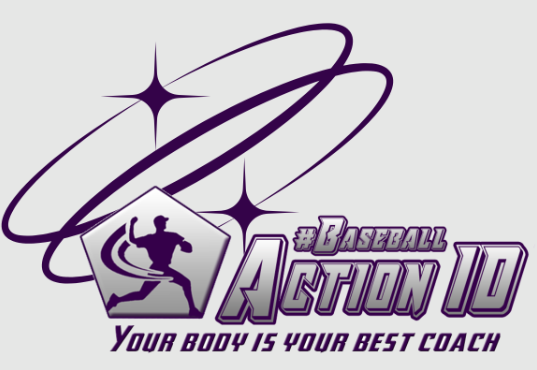Why Do Some Hitters ‘Scissor’ in Their Swing? Here’s the REAL Reason!
Every day, I see countless social media posts discussing the so-called ‘scissor’ movement in hitting—even promoting gadgets designed to teach it.
Others claim it’s connected to motor preferences, and while that part is true, many completely misunderstand the actual explanation and the real connection to motor preferences.
Some suggest this movement is specific to certain players who are Anterior Muscle Chain dominant.
But nothing could be further from the truth!
The REAL reason behind the ‘scissor’ is much simpler—it’s just another example of how natural motor preferences dictate movement patterns.
To prove that this movement has nothing to do with being Anterior Muscle Chain dominant, we specifically chose two AM-chain dominant players (Miguel Cabrera and Shohei Ohtani) and two Posterior Chain dominant players (Fernando Tatis Jr. and Roberto Clemente) as examples.
When closely analysing their swings and knowing their motor skill family you will discover, that it’s all about the mobile point in their spine.
Players with a high mobile point rely more on hip-shoulder separation and don’t need to rotate their hips as much. As a result, their chest points toward the point of contact, their back foot stays almost parallel, and sometimes even ‘kicks’ away—what today’s baseball world calls the ‘scissor.’
In the clip, you’ll also notice Tatis sliding his rear foot even further behind. This movement helps stop the hips and allows the upper body to work against them, maximizing separation and power.
But this isn’t a new concept! If you watch closely, you’ll see Miguel Cabrera and even Roberto Clemente using the same ‘scissor’ move in their swings.
Now ask yourself—do you really think anyone was talking about the ‘scissor’ back in Roberto Clemente’s era? Of course not! It just happened naturally because, like Cabrera, Clemente had a high mobile point in his spine.
To further drive the point home, we even included a clip of Ken Griffey Jr. during his golf swing. You’ll see his high mobile point in action as his back foot stays parallel at the point of contact with the ball—completely mirroring Ohtani’s baseball swing.
This proves once again that these movement patterns are natural outcomes of individual motor preferences, not forced mechanics or gadgets.
So let’s move past these quick-fix tools and focus instead on understanding and developing each player’s unique motor preferences—whether they are Anterior or Posterior dominant—to maximize their potential, just like the legends have always done!
